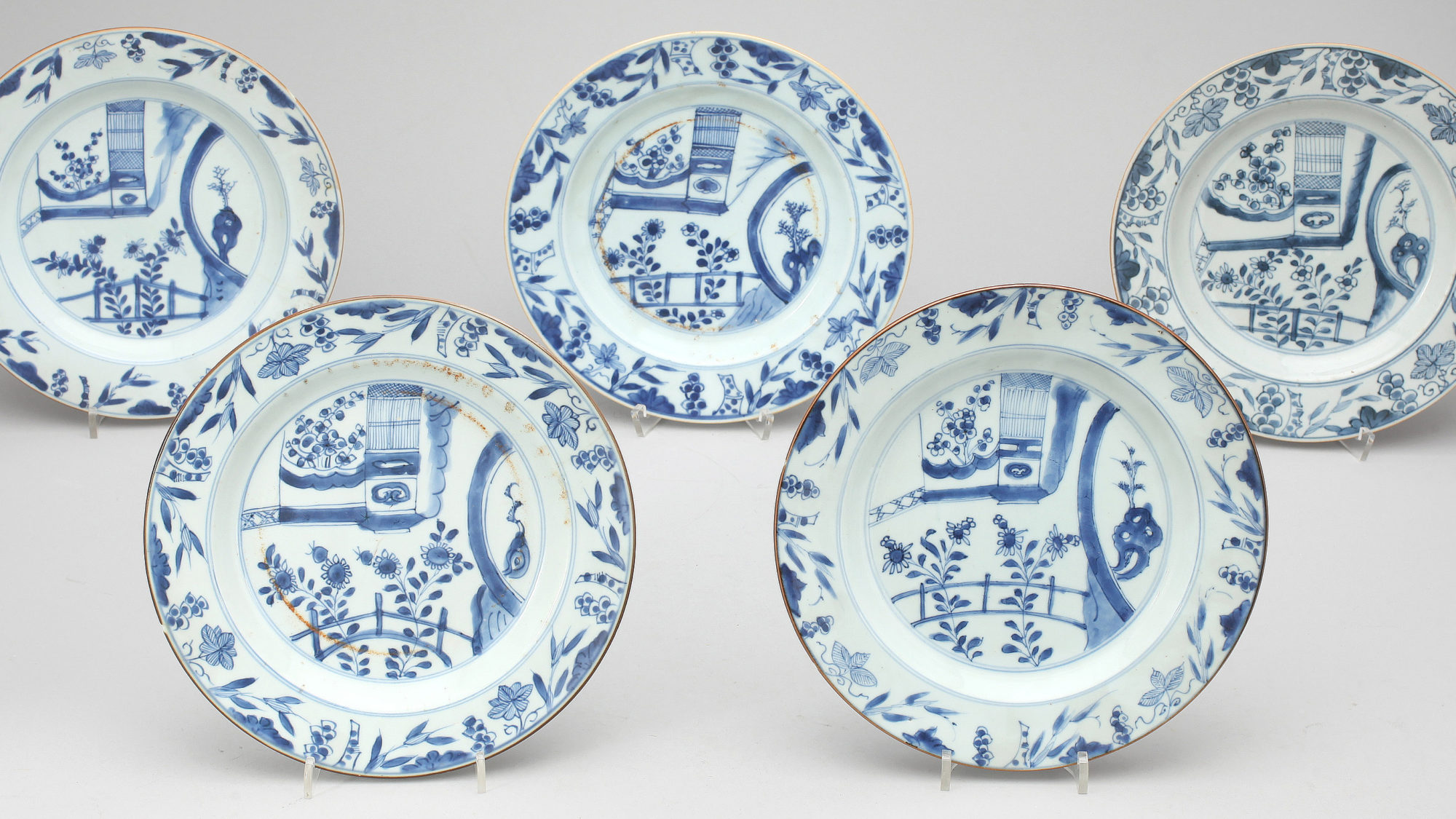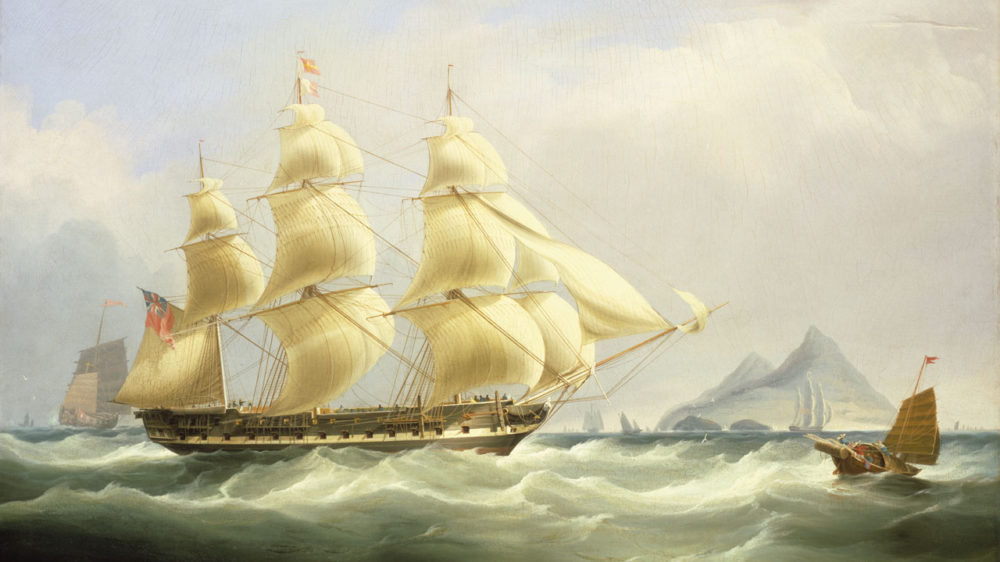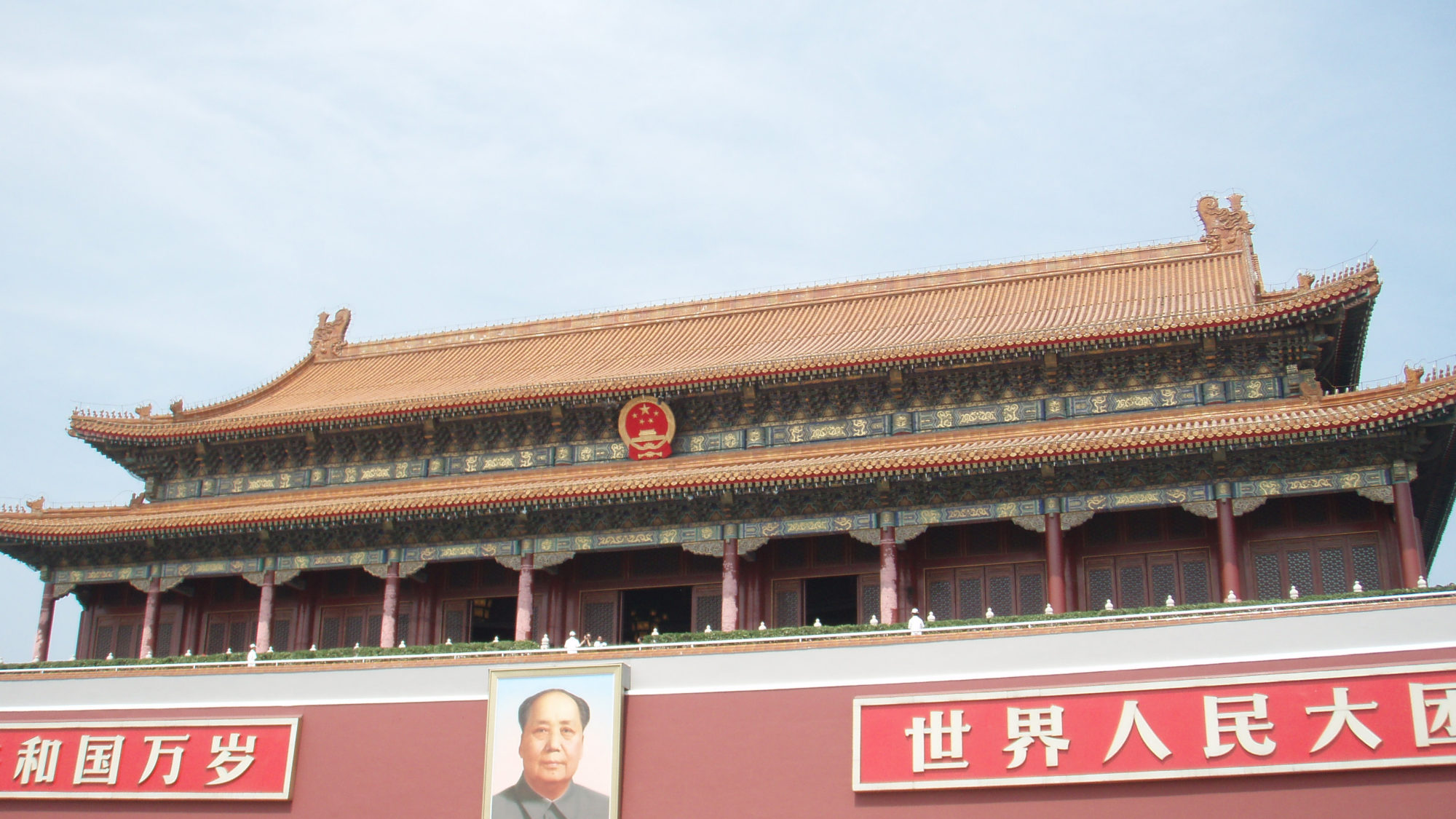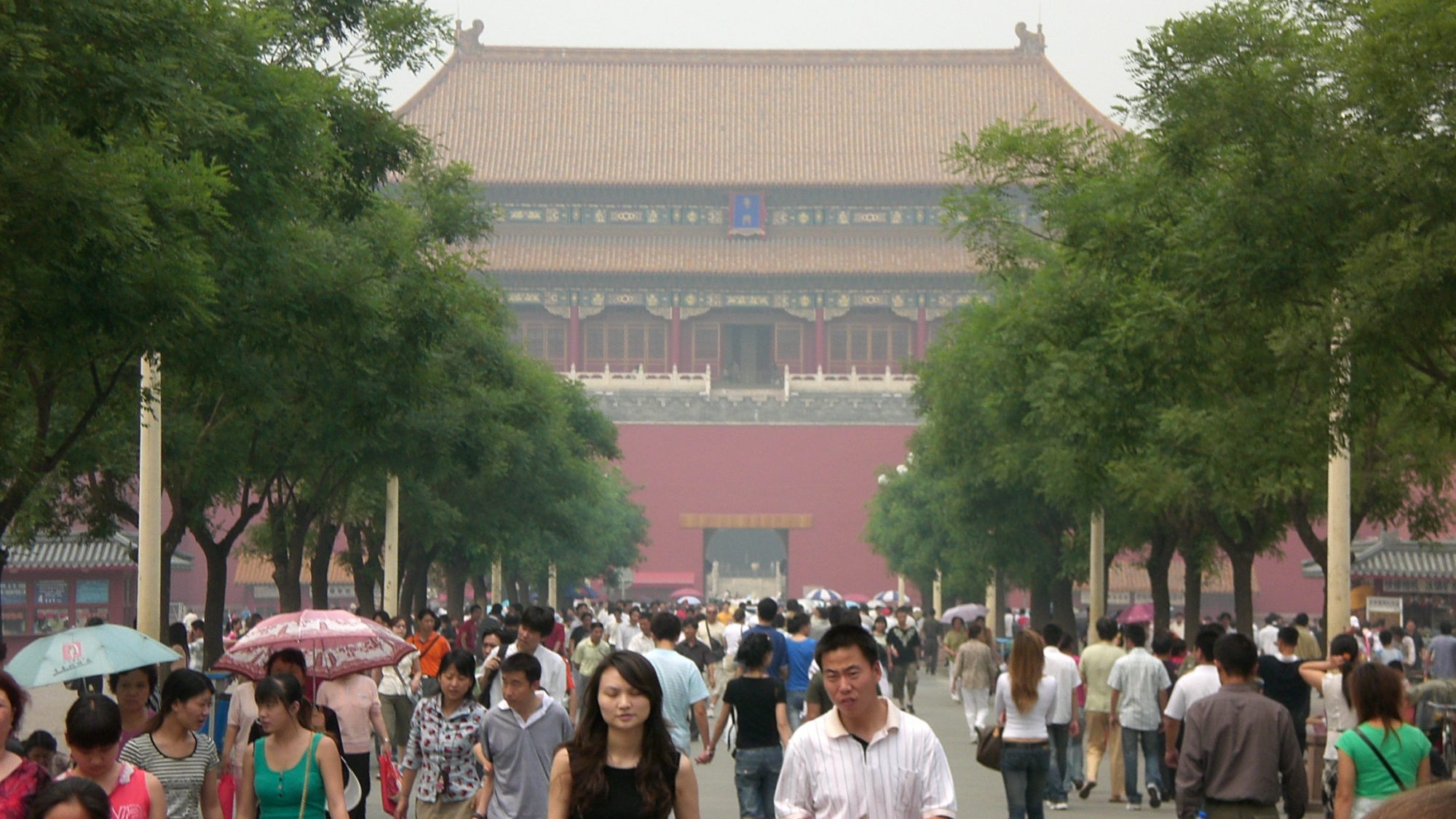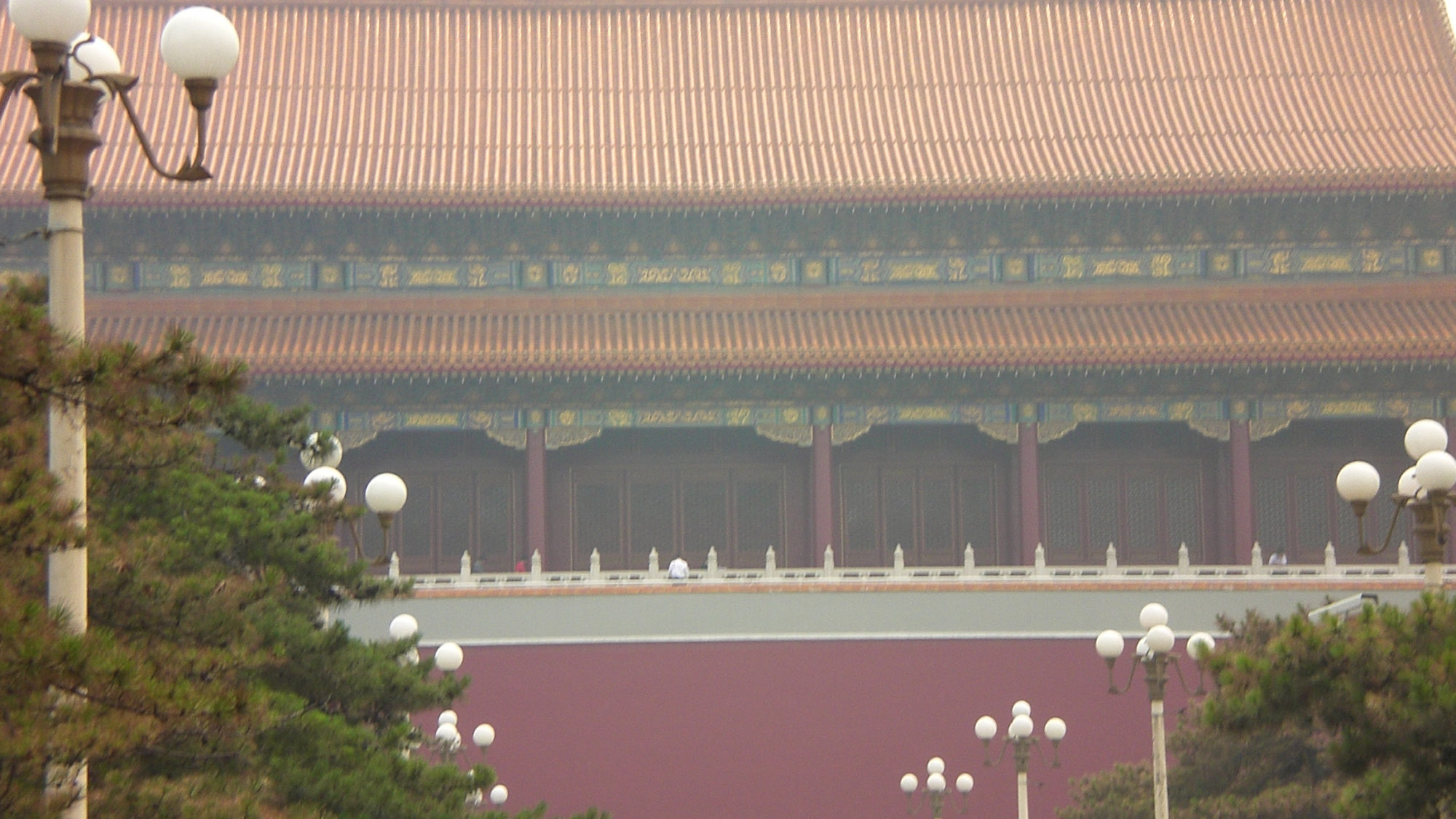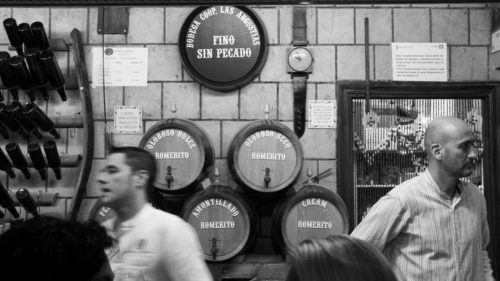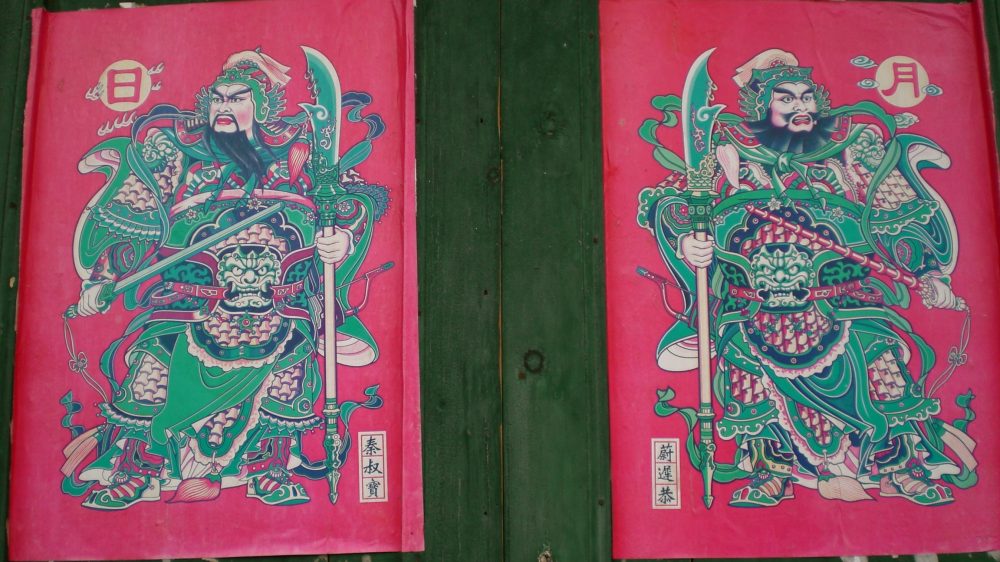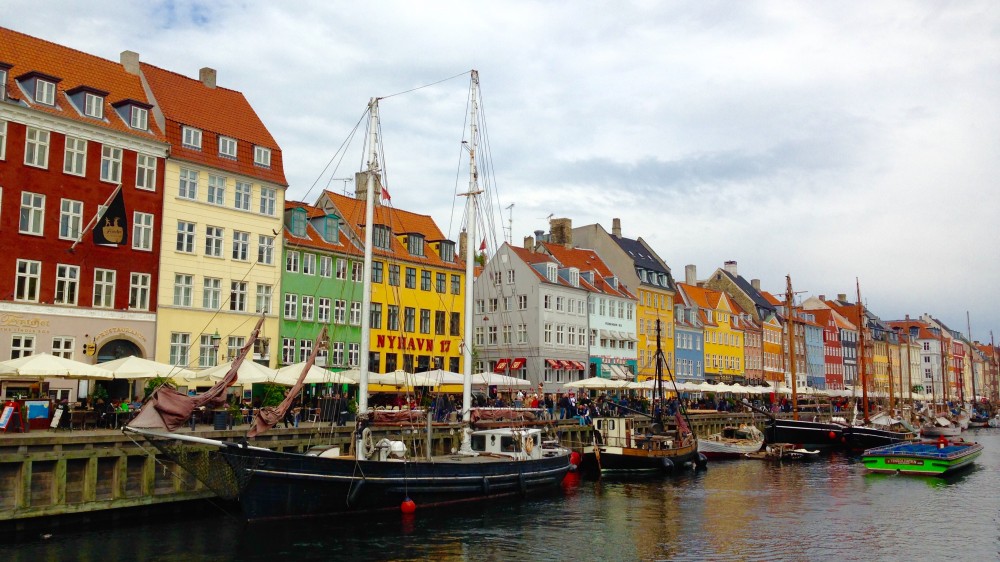Porcelain for Palaces
When I lived in China there were days where I would become overwhelmed by numbers. Numbers of people around me, numbers of buildings in cities, astronomical numbers and metrics of a scale so grand I thought could only be science fiction. I would become overwhelmed with culture shock, a stranger in an unknown land. Not unlike a blind-fold child in a pool yelling “Marco” waiting for the collective “Polo” answer to come but never receiving it, stumbling. There were times it would overwhelm me and I would find myself running through alleyways trying to find refuge from numbers, trying to find space and time.
Once, while visiting the Forbidden City, a place precisely set aside for both space and time, I was crowded by the ticket line getting in, a funnel of masses pilling through the one gateway entrance to the verboden, thousands pushing and throbbing as we all oozed through the passageway ironically named the Gate of Supreme Harmony. I couldn’t take it anymore and started running. The only way out was up, and an ancient staircase showed itself to me so I took it, stairs dimpled with years of use. I saw no sign and no chain forbidding me from scaling the stair, I saw an out and I took it, leaving behind me thousands of domestic and international tourists sweating and pushing their way into a relic. As I climbed and left a world behind me, I remembered I had been told that Mao at times was known to scale this same stair in order to address his scripted crowds across the street in the famed Tiananmen square. Today it was empty.
I reached the top and there was a door. I still don’t know if it was the front or back door, but an entrance into a small museum that seemed, at least on this summer morning, to be little visited and little known. The lighting was golden soft, the staff quietly occupied, and I recall there was string music piped in a surround-sound system; a perfect antithesis to the huddled masses below, above the weather.
I learned later that this part of the Forbidden city and museum was called the Tower Gallery in the Meridian Gate at the Palace Museum. The exhibit was just being set up, and this was the first morning of the first day of a collection of porcelain salvaged from the wreck of the Götheborg, a Swedish East India Company ship that sunk on 12 September 1745 which had been filled with treasures from China. In a certain way, it represented a microcosm of the culture shock and misunderstanding I was in the middle of experiencing.
Porcelain, opium, silk, and tea. Western economies lusted for the numbers in China ever since the days Marco Polo had his gap year and brought back porcelain to Europe. No one could figure out how it was made, which is why it became such a commodity. The etymology of the word tells us a lot about the European outlook on the world at the time.
Porcelain comes from the Italian porcellana, meaning”cowry shell”, a type of sea snail that was also one of the earliest forms of currency traded from Sri Lanka to London. Porcellana, in turn, comes from the word porcella, which means “young female pig”, some say because the shell looks like sow’s vulva (or belly, depending on who you ask). Porcella is a dimnutive of the Latin word porcus, meaning “pig”, which in the OG Proto-Indo-European language was porkos, which was rooted in the word perk, which meant “to dig”. As in pigs dig. And I dig me some etymology.
Which is a long way to say that Marco Polo came over to Asia, was impressed by this finely crafted pottery from a far advanced Asian culture, and named it (consciously or otherwise) after a sexual organ, much like my 3-year old likes to call his sisters artwork poo-poo art, in a childlike, not-so-innocent jest. A lack of understanding and an assumption of superiority to another.
The Götheborg sunk coming into port in Sweden, less than a kilometre from the shore, giving rise to theories that the sinking was intentional to raise the price of porcelain. This was no small boat. This ship held 2,677 chests of tea weighing a total of 366 tons, 19 chests of silk, 11.4 tons of spices, about 100 tons of porcelain, plus rattan. The total value was equal to the national budget of Sweden at that time. The Swedish East India Company held Europe’s majority of porcelain, and to sink a large shipment created a run on remaining stock – creative destruction in world economies. The collection I was looking at were those bits found in the depths, cleaned and restored (and returned) and displayed on the 80th anniversary of the Palace Museum: Chinese earthen returned to Chinese soil.
What I didn’t get then, but started to slowly understand, was that my inability to step out of my culture and understand that the sense of being overwhelmed that I had been having since moving to China, had everything to do with me, and had nothing to do with China. I came to China, subconsciously, expecting certain things, and with a modus operandi built on appropriating things, like the cases of pottery the Gotheborg had loaded and lost. But what was really happening was something very different, I was shedding something off, starting to molt, at least in part.
When I descended the stairs back to China, I didn’t feel different, but something most definitely had changed.
